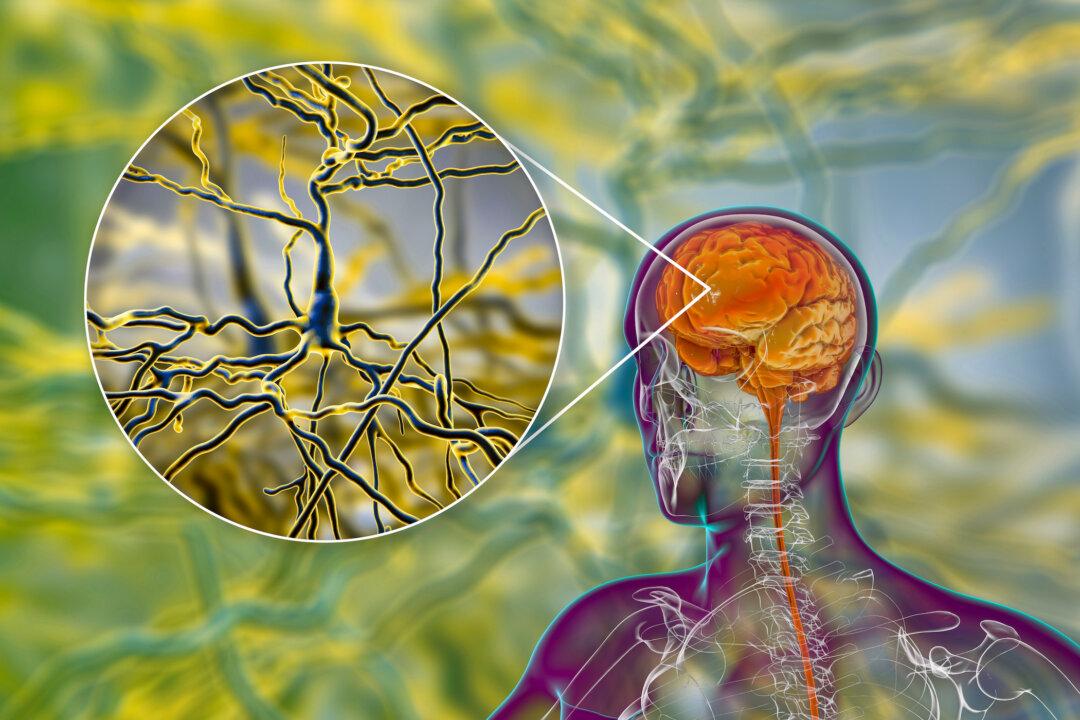The discovery of glutamate more than a century ago was a milestone in the quest to make food as tasty as possible. Unfortunately, it took decades longer to learn that this amino acid is a critical neurotransmitter and that overeating it can have devastating effects.
Glutamate, in all its varied forms, has become a foundational additive in the so-called hyperpalatable processed foods we can hardly stop ourselves from eating—despite endless warnings to do so. Processed foods are a leading cause of disease, and many are almost irresistible because of the savory unami flavor bestowed by glutamate.



